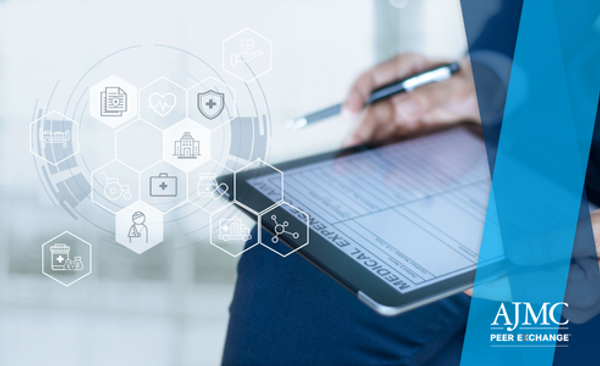
Technology
Latest News

Latest Videos

CME Content
More News

Researchers conducted a randomized clinical trial to test the efficacy of a hybrid closed-loop (HCL) system among pediatric patients with type 1 diabetes (T1D).
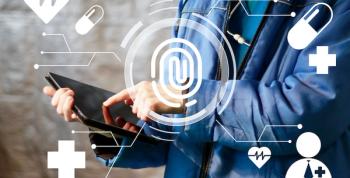
Researchers tested the feasibility of remote monitoring for patients with pulmonary arterial hypertension via smartphones and smartwatches.

Sepsis is poorly understood, difficult to identify, and even harder to predict. Consistent stakeholder involvement may be key to identifying precisely where and how a sepsis early warning system could improve the team-based response to the condition.
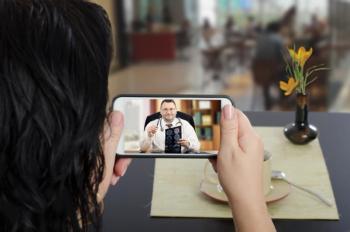
The study aimed to identify the usefulness of telemonitoring to detect and manage acute exacerbation of COPD (AECOPD).
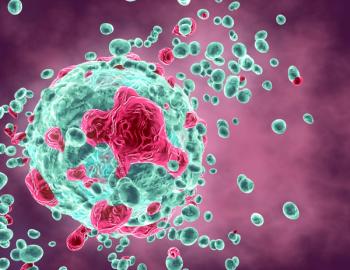
Artificial intelligence (AI) was used to predict response of high-grade extrauterine serous carcinoma (HGSC) to adjuvant platinum chemotherapy.
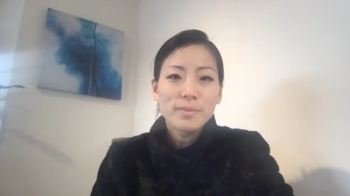
Anemia, fevers, dehydration, and other side effects from cancer treatment are all candidates for targeting with predictive analytics in an effort to care for patients are home instead of the hospital, said Elizabeth Kwo, MD, MBA, MPH, the deputy chief clinical officer at Anthem BCBS, and a speaker at the 10th anniversary of Patient-Centered Oncology Care® conference.
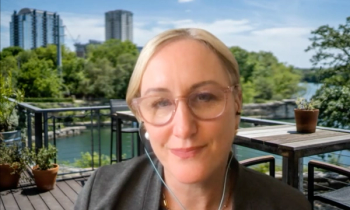
The pandemic has acted as a catalyst to increase the use of digital health and telemedicine, allowing providers to continue to deliver great care and even reach their rural patients, said Debra Patt, MD, PhD, MBA, executive vice president of Texas Oncology.

Remote patient monitoring includes urgent care uses, long-term monitoring to help keep patients with cancer out of the hospital by monitoring the effects of oncology treatment at home, and even voice monitoring to check for altered mental status, said Elizabeth Kwo, MD, MBA, MPH, the deputy chief clinical officer at Anthem BCBS, and a speaker at the 10th anniversary of Patient-Centered Oncology Care® conference.

Iksha Herr of Microsoft previews her talk on leveraging data and artificial intelligence (AI) in health care, which will be a high point of this year's Patient-Centered Oncology Care® (PCOC) conference.

People who suffered trauma as a child appear to be at a higher risk of fibromyalgia, although it is unclear exactly why.

Foundation Medicine and Epic struck a deal to integrate comprehensive genomic profiling within Epic's electronic health records (EHRs), allowing for providers to order and review genomic profiling tests, leading to more streamlined clinical decision making.
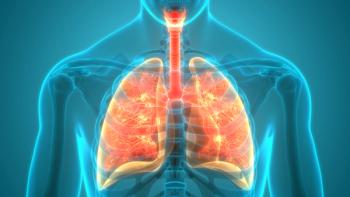
Worsening chronic obstructive pulmonary disease (COPD) symptoms are often underreported by patients who cannot recognize these changes as sign of decline, but they can be objectively measured through remote patient monitoring (RPM).

Sifting through large quantities of data using artificial intelligence (AI) could one day change how nonalcoholic fatty liver disease (NAFLD) is diagnosed, managed, and treated, according to a recent review.

Bobeck Modjtahedi, MD, elaborates on the importance of devising effective and convenient mechanisms for diabetic retinopathy screening.

Leslie Eiland, MD, outlines some of the challenges of delivering optimal care to patients with type 1 diabetes (T1D) living in rural America.

An algorithm influenced by cough sound recognition and symptom reporting conducted using a smartphone was found to be effective at diagnosing patients with acute exacerbation of chronic obstructive pulmonary disease (AECOPD).

Classification criteria developed using machine learning will allow doctors to conduct disease-specific research about this collection of inflammatory eye diseases.

Biomarker testing and remote patient monitoring are just 2 areas of research presented during the annual meeting of the American Society of Clinical Oncology (ASCO).

Technological innovation is helping to reinvent the traditional health economics and outcomes research (HEOR) field as traditional and new players partner to leverage data sources.

Results of a qualitative study outline widely held cost considerations regarding diabetes technology in the type 1 diabetes (T1D) community.

The United States will ship approximately 80 million excess doses of COVID-19 vaccines abroad; Ireland's health services system could be hobbled for weeks by a ransomware attack; the FDA recalls more than 60,000 pacemakers manufactured by Abbott.

The COVID-19 pandemic brought together the world and taught health systems how to be resilient and adapt to both predictable and unpredictable changes, said the panelists during the plenary on day 1 of Virtual ISPOR 2021.

A pediatric infectious disease expert reviewed some developments in the vaccine development pipeline, especially new efforts targeting infant health through maternal immunizations.
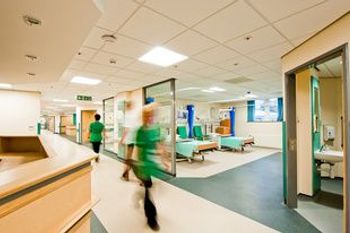
To mark International Nurses Day, we look at factors contributing to workload burden and burnout in nurses, which include electronic health record (EHR) management, understaffing amid the COVID-19 pandemic, and a lack of emotional support.

Specific factors, such as experience with technology and health literacy, were key drivers of whether a patient with chronic obstructive pulmonary disease (COPD) would benefit or be likely to use eHealth tools to improve self-management skills, investigators concluded.




